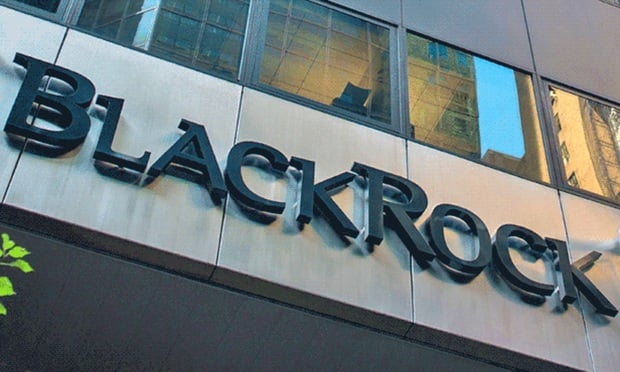When the recession first hit, many employers looked at ways to cut costs immediately. Many employers reduced staff or eliminated 401(k) matching, but these rash moves often turn out to be mistakes, says Jackie Greaner, North America leader of talent management at Towers Watson, a global professional services company in New York City.
"Employees want to see their company trying different techniques or different strategies to accomplish the financial goal, even if they are belt tightening," Greaner says. "How the company gets to those cost reductions through those recessions and down phasing says a lot about the company's values, the culture, and how employees are respected and appreciated. It's companies that don't do that well that have made some significant mistakes."
In tough times, Greaner finds it's better to offer employees flexible work options that still reduce costs while keeping the work force feeling positive. For instance, instead of cutting employees, an employer can offer them the chance to work three days a week rather than five until the company is in a better position. This tells employees that their employment is still valued but also better manages the personnel budget.
Recommended For You
"Companies made decisions without looking at long-term consequences to their value proposition to employees, and those are companies I think made mistakes," Greaner says. "When you make these decisions and you don't think through the consequences about how people feel about you as an employer and what kind of workplace you're creating, then that can really have a very negative impact on morale and motivation."
Development opportunities are motivating to employees, and many organizations are doing a better job of articulating future career paths for their workers, Greaner says. Most employees want to continue to develop their skills, but in the past, this information wasn't always readily available. With today's improved technology, employers can now more easily distribute this information.
"It takes a lot of work and a sustained effort in a large organization to keep information on careers fresh because of the amount of changes that organizations go through on a regular basis," Greaner says. "But because we now have good automated talent management programs through various software programs, it's starting to get easier to deliver this information through more automated tools than in the past when maybe you'd just have the information in some company binders. Part of it is having the information available, but the other part is having the information easily accessible."
Employers are also starting to offer more development opportunities by establishing mentor programs, providing more performance coaching and allowing employees to work on special projects to build skills that they lack, Greaner says. When it comes to motivating and developing employees, having options is important.
"It's so key to understand your employee base because employees all have different needs," Greaner says. "You need to segment your employees in terms of what different employee groups value the most because there's no one-size-fits-all solution. You have to be flexible in your approach both for motivating and developing employees. What might be good for one employee might not be good for someone else. Having a customize, flexible approach for developing and motivating employees is key."
© Touchpoint Markets, All Rights Reserved. Request academic re-use from www.copyright.com. All other uses, submit a request to [email protected]. For more inforrmation visit Asset & Logo Licensing.






